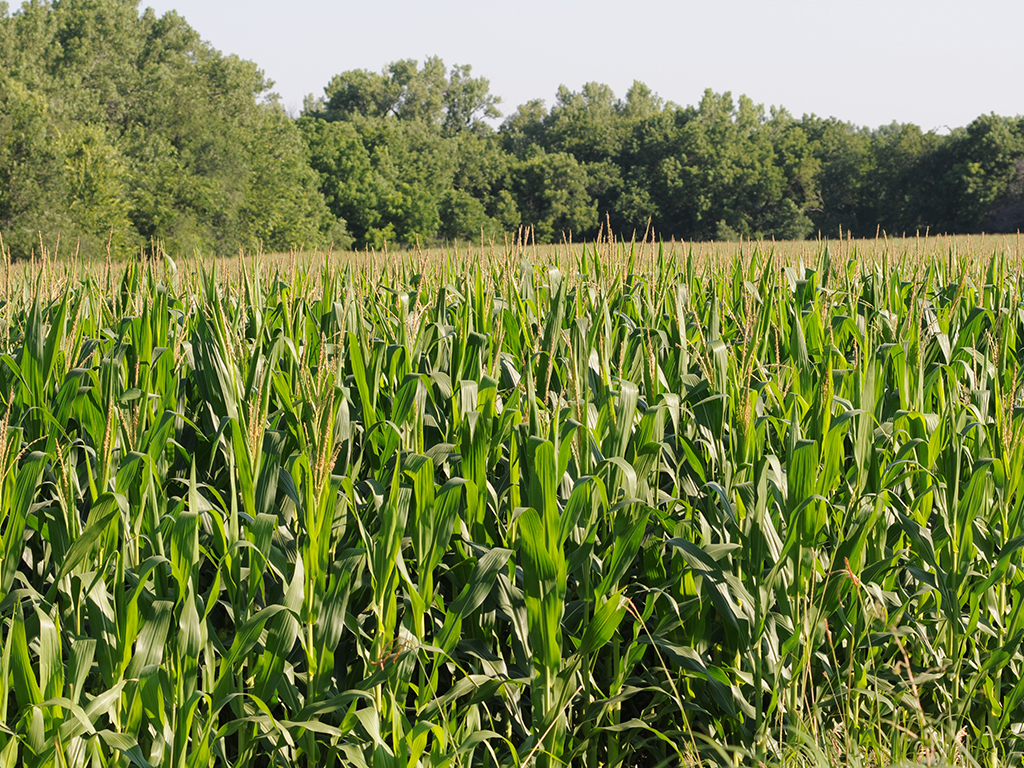
Kansas producers are urged to be on the lookout for feedstuffs that may contain dangerous levels of mycotoxin, due to weather conditions earlier this year that increased the likelihood of toxins.
K-State vet urges livestock producers to be on the lookout for mycotoxins
Fall weather may have created risk to animal feed
November 8, 2018
MANHATTAN, Kan. – A Kansas State University veterinarian is urging the state’s producers to be especially diligent about monitoring for mycotoxins in livestock feed this winter on the heels of weather conditions that promoted their growth this fall.
Toxicologist Steve Ensley said Kansas’ summer drought conditions led to a heightened risk of aflatoxin in the state’s grain crop, while wet conditions during the 2018 harvest also made that grain susceptible to fumonisin.
“This year we have already had some death losses associated with mycotoxins in pigs and horses and so we’ve measured just a very few samples of corn and found very high concentrations of fumonisin and aflatoxin,” Ensley said. “I’m very concerned that it may be a bigger health issue statewide than the localized cases we’ve seen so far.”
The fall weather patterns in Kansas were conducive to a buildup of mycotoxins in feedstuffs, particularly harvested grain and livestock feed, Ensley said. It simply means that livestock producers should be on the lookout for feed that may contain unsafe concentrations of mycotoxins, or mold toxins.
“These molds are present in agricultural environments all the time, but when they get on the right substrate with the right temperature and humidity, then they grow and produce a toxin,” Ensley said. “They can be there and not produce a toxin or be there and produce a toxin like we are seeing this year.
“They are not infectious in nature. It’s a toxin that gets in the feed, and then the animal has to consume the feed at the right concentration to get ill.”
Different species show different symptoms, including damage to the animals’ liver, kidney, brain or other organs. The disease is not transferrable to humans.
In addition to aflatoxin and fumonisin, Ensley said that other mycotoxins of concern in Kansas this year include vomitoxin and zearalenone. He also noted that dried distiller’s grains, a by-product of corn ethanol production, can concentrate mycotoxins.
Ensley said that collecting a reliable sample of grain is key to detecting mycotoxins in an operation.
“The best time to sample is anytime you move grain from the field to the bin, or from the bin to feeding,” he said. “Anytime that grain is moving and you can get multiple samples along that line, that’s the best way to obtain a random sample.”
Ensley said samples that test positive for a mycotoxin can sometimes be diluted to a safe level, except for aflatoxin, a carcinogen that is regulated by the U.S. Food and Drug Administration.
Ensley recommends that producers work with local veterinarians to collect reliable samples and interpret results, or they can also contact the K-State Veterinary Diagnostic Laboratory at 866-512-5650.
K-State’s lab is also available by email, clientcare@vet.k-state.edu.

